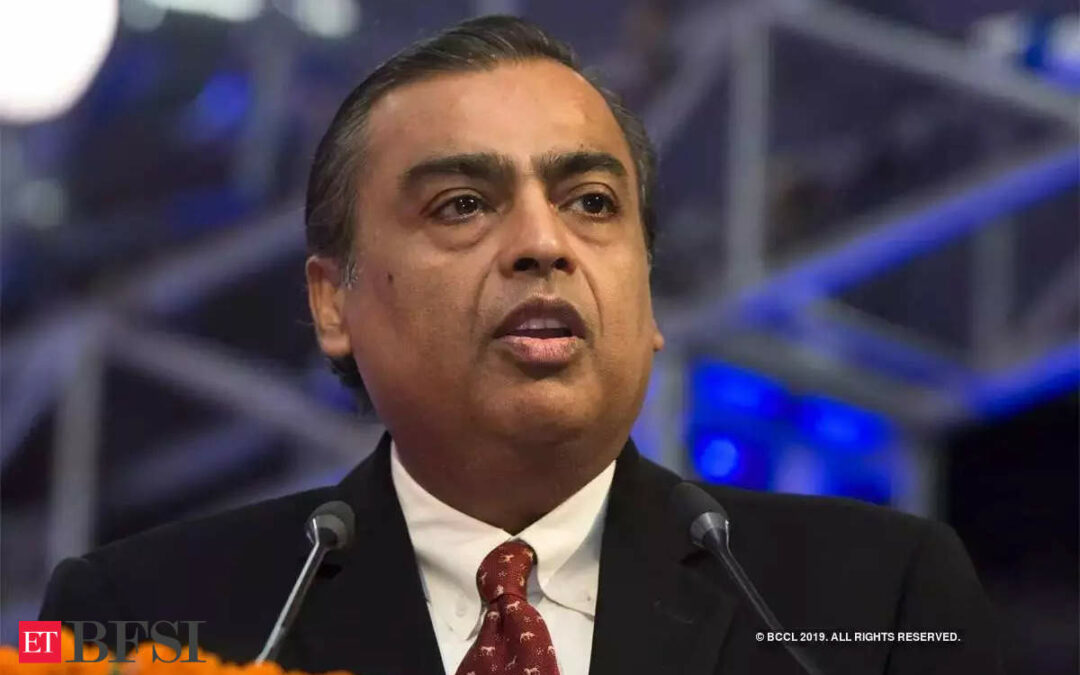Reliance AGM 2023: Reliance Industries chairman Mukesh Ambani on Monday shared three key reasons why he is absolutely confident about the success of his new venture – Jio Financial Services (JFS) Limited.
Ambani believed JFS has been conceptualised to fill a critical gap in the financial services sector.
Asserting his confidence in the JFS, he said just like the JIO and retail business, the new venture will also add value to the conglomerate.
Digital first architecture
Ambani believed the Digital first architecture of the JFS will give an unmatched head-start to reach millions of Indian.
Strong capital foundation
He believes this (JFS) is a highly capital-intensive business. The company has provided Jio Financial Services with a strong capital foundation to built a best-in-class financial servie enterprise, and achieve rapid growth.
Reliance has capitalised JFS with a net worth of Rs 1 lakh 20 thousand crores to create one of the world’s highest capitalised financial services platforms at inception, Mukesh Ambani said.
Strong board and leadership
JFS is blessed with a very strong board led by KV Kamath, a veteran and respected banker. The leadership team is being built with a combination of finance industry experts and young leaders who are eager to take on big challenges.
While addressing the 46th RIL AGM, the chairman highlighted every shareholder of RIL has received shares in JFS on a 1:1 basis following the recent demerger of financial services business.
JFS has been conceptualized to fill a critical gap in the financial services needs of a large section of the Indian economy, mainly in the informal and the underserved sectors in the rural, semi-urban and urban areas, Ambani mentioned.
This will give a big boost to accelerated growth of the economy.
He believed that the JFS is set to democratise financial services for 1.42 billion Indians giving them access to simple, affordable, innovative, and intutive product and services.
Last week, Jio Financial Services was listed on the bourses near its exchange-derived price but slid lower to trade at 5% lower, the maximum permitted to fall in the trade-to-trade category.











